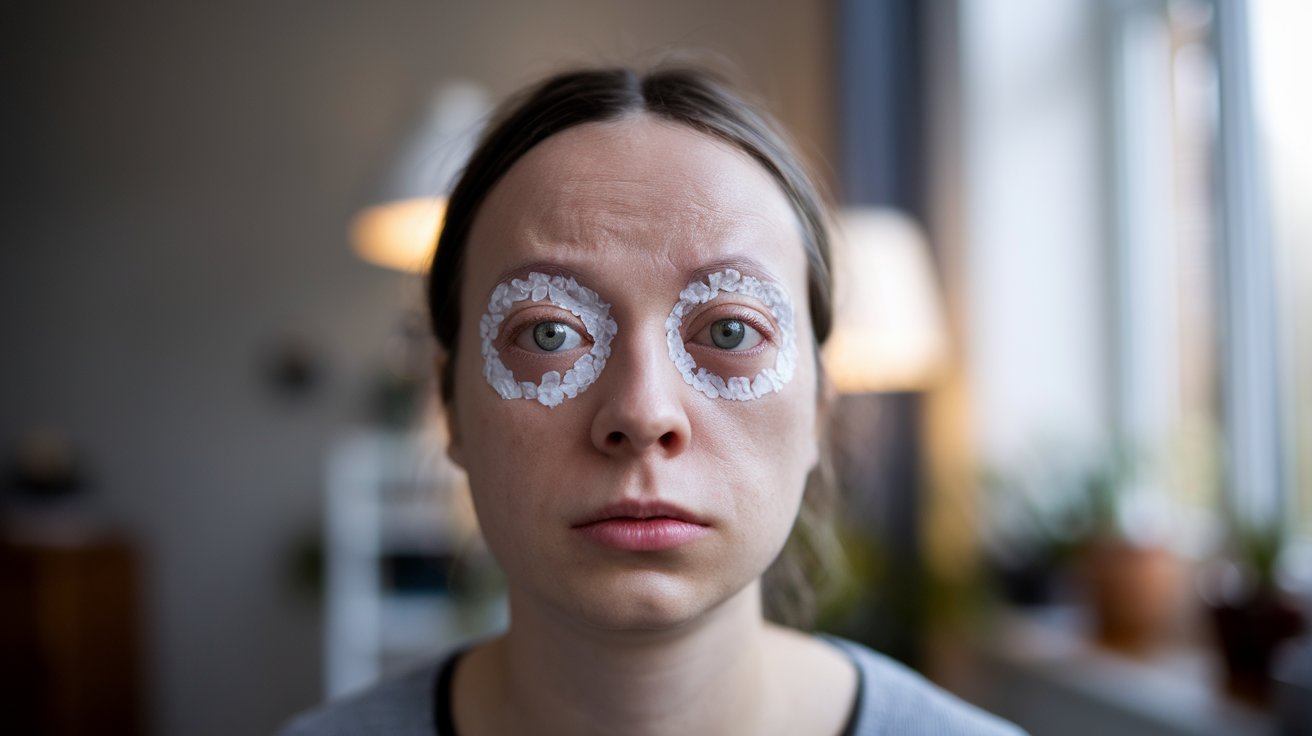
Corneal Crystals Myopathy Neuropathy might sound like a mouthful, but understanding it can be simpler than you think. This rare condition affects the eyes, muscles, and nerves. Corneal crystals are tiny deposits that form in the cornea, leading to vision problems. Myopathy refers to muscle weakness, while neuropathy involves nerve damage. Together, they create a unique set of challenges for those affected. This condition can be inherited or develop over time. Symptoms often include blurry vision, muscle pain, and numbness. Early diagnosis and treatment are crucial for managing the symptoms effectively. Ready to learn more? Let's dive into 25 fascinating facts about this intriguing condition!
Key Takeaways:
- Corneal Crystals Myopathy Neuropathy is a rare genetic condition causing eye, muscle, and nerve problems. Symptoms include vision issues, muscle weakness, and nerve damage, with treatments focusing on symptom management and support.
- Recognizing early symptoms and seeking accurate diagnosis are crucial for managing Corneal Crystals Myopathy Neuropathy. Treatments such as medications, therapy, and surgery can help improve quality of life for those affected.
What is Corneal Crystals Myopathy Neuropathy?
Corneal Crystals Myopathy Neuropathy is a rare condition that affects the eyes, muscles, and nerves. Understanding this complex disorder can be challenging, but these facts will help break it down.
-
Rare Disease: This condition is classified as a rare disease, affecting fewer than 200,000 people in the United States.
-
Genetic Origin: It is often inherited, meaning it can be passed down from parents to their children through genes.
-
Corneal Crystals: One of the hallmark symptoms is the presence of crystals in the cornea, the clear front part of the eye.
-
Muscle Weakness: Myopathy refers to muscle weakness, which is a common symptom experienced by those with this condition.
-
Nerve Damage: Neuropathy indicates nerve damage, leading to symptoms like numbness, tingling, or pain.
Symptoms of Corneal Crystals Myopathy Neuropathy
Recognizing the symptoms early can lead to better management of the condition. Here are some key symptoms to look out for.
-
Vision Problems: The corneal crystals can cause vision issues, such as blurriness or difficulty seeing in bright light.
-
Muscle Cramps: Individuals may experience frequent muscle cramps or spasms.
-
Fatigue: Chronic fatigue is a common complaint, making daily activities challenging.
-
Balance Issues: Nerve damage can lead to problems with balance and coordination.
-
Eye Pain: Some people report pain or discomfort in their eyes due to the crystals.
Causes and Risk Factors
Understanding what causes Corneal Crystals Myopathy Neuropathy can help in managing and preventing it.
-
Genetic Mutations: Specific genetic mutations are responsible for this condition.
-
Family History: A family history of the disease increases the risk of developing it.
-
Age: Symptoms often appear in childhood or adolescence but can also manifest later in life.
-
Gender: Both males and females can be affected, though some studies suggest a slight prevalence in one gender over the other.
-
Ethnicity: Certain ethnic groups may have a higher incidence of this condition.
Diagnosis of Corneal Crystals Myopathy Neuropathy
Accurate diagnosis is crucial for effective treatment. Here are some methods used to diagnose this condition.
-
Eye Examination: An eye doctor can detect corneal crystals through a detailed eye exam.
-
Genetic Testing: Genetic tests can identify mutations associated with the disease.
-
Muscle Biopsy: A biopsy of muscle tissue can reveal signs of myopathy.
-
Nerve Conduction Studies: These tests measure how well nerves transmit electrical signals.
-
Blood Tests: Certain blood tests can help rule out other conditions and support the diagnosis.
Treatment Options
While there is no cure, various treatments can help manage symptoms and improve quality of life.
-
Medications: Pain relievers and anti-inflammatory drugs can alleviate some symptoms.
-
Physical Therapy: Regular physical therapy can help maintain muscle strength and flexibility.
-
Occupational Therapy: Occupational therapists can assist with daily activities and recommend adaptive devices.
-
Surgery: In severe cases, surgery may be required to remove corneal crystals.
-
Support Groups: Joining support groups can provide emotional support and practical advice from others facing similar challenges.
Final Thoughts on Corneal Crystals Myopathy Neuropathy
Corneal Crystals Myopathy Neuropathy is a rare condition that affects the eyes, muscles, and nerves. Understanding its symptoms, causes, and treatments can help those affected manage their condition better. Early diagnosis and intervention are crucial for improving quality of life. While research is ongoing, current treatments focus on symptom management and slowing disease progression. If you or someone you know shows signs of this condition, consult a healthcare professional for proper diagnosis and treatment options. Staying informed and proactive can make a significant difference in managing Corneal Crystals Myopathy Neuropathy. Remember, knowledge is power when dealing with rare diseases. Keep learning, stay vigilant, and support those affected by this challenging condition.
Frequently Asked Questions
Was this page helpful?
Our commitment to delivering trustworthy and engaging content is at the heart of what we do. Each fact on our site is contributed by real users like you, bringing a wealth of diverse insights and information. To ensure the highest standards of accuracy and reliability, our dedicated editors meticulously review each submission. This process guarantees that the facts we share are not only fascinating but also credible. Trust in our commitment to quality and authenticity as you explore and learn with us.
